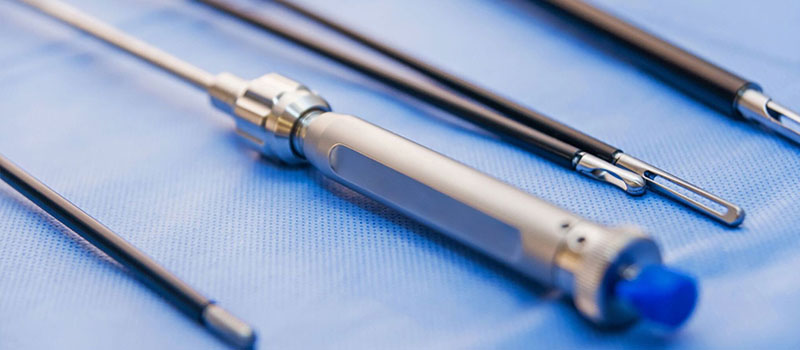Endoscopic surgery

What is Endoscopic Surgery?
Endoscopic neurosurgery is a minimally invasive surgery that allows neurosurgeons to identify and treat conditions that are deep within the brain or spinal cord. This type of surgery allows Dr Moyeni to treat tumours and injuries in a less invasive way than traditional open surgery, while still affording him the ability to get an in-depth view of the affected area. Dr Moyeni skilfully performs a range of minimally invasive cranial and spinal surgeries for both adults and children.
How does Endoscopic surgery work?
During endoscopic surgery, Dr Moyeni will use special instruments to view the inside of your body and will perform a procedure through small incisions. Typically, he will make a small incision and insert a tool called an endoscope - a tiny tube with a camera attached. Images will then be displayed on a monitor for him to see. From here, he can see the relevant area and perform the surgery.
Types of Endoscopic surgery
Endonasal endoscopic surgery: tumours are removed through the nose and sinuses. It allows access to parts of the brain without making an incision.
Cranial endoscopic surgery: Endoscopes are put into the brain through very small skull openings. Next, tiny instruments are placed through the same opening for the purpose of performing endoscopic tumour biopsy, and cyst removals, as well as to treat hydrocephalus (fluid build-up in the brain).
Spinal endoscopic surgery: A tubular retractor is inserted through a small incision. The retractor gently pushes aside the muscle and soft tissue allowing small tools to work on the spine. A special operating microscope and real-time X-ray imaging are used. Spinal endoscopes are used for a range of conditions affecting the spinal column, including lumbar and thoracic hernias, compression fractures and chronic back pain, among others.
The Benefits of Endoscopic Surgery
Endoscopic brain surgery offers many benefits for patients. This type of surgery is much less invasive than open surgical procedures and offers a faster recovery period and less pain for the patient.
Here are some of the most common benefits associated with the procedure:
- Minimally invasive
- Results in less pain for the patient
- Faster recovery time than open surgery
- Reduced risk of brain trauma
- Reduced risk of side effects
- Reduced hospital stay
